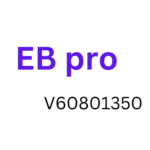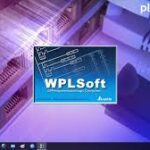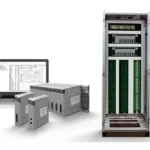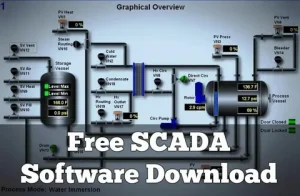In the ever-evolving landscape of industrial automation, the Siemens TIA (Totally Integrated Automation) Portal is a pivotal platform that enables streamlined and comprehensive control over a wide range of industrial processes. For beginners venturing into the automation field, the TIA Portal serves as a gateway to harnessing the power of modern technologies to enhance productivity, efficiency, and innovation in manufacturing. In this article, we will journey to understand the fundamentals of Siemens TIA Portal, its key features, and its significance in industrial automation.
Understanding Siemens TIA Portal:
The Siemens TIA Portal is an integrated engineering framework that combines various automation tasks into a single environment. It provides:
- A unified platform for programming.
- We are configuring and commissioning various automation components such as PLCs (Programmable Logic Controllers) and HMI (Human Machine Interfaces).
- Drives.
This integration eliminates the need for different software tools, lowering complexity and increasing efficiency in developing and maintaining automation systems.
Key Features and Components:
The TIA Portal comprises several components, each catering to specific aspects of industrial automation:
- STEP 7 (PLC Programming): This component allows users to program PLCs using different programming languages, such as ladder logic, structured text, and function block diagrams. It supports various Siemens PLC families, enabling flexibility in choosing the suitable controller for a given application.
- WinCC (HMI Development): WinCC facilitates the creation of intuitive and interactive HMIs that provide operators with a visual representation of the industrial process. It supports the design of dynamic graphics, alarms, and data logging, enhancing real-time monitoring and control.
- Safety: Safety is paramount in industrial environments. The TIA Portal integrates safety engineering, allowing the design and validation of safety functions within the same environment as standard automation tasks. This leads to a cohesive approach to safety and automation.
- Motion Control: For applications involving precise motion control, the Motion Control component of the TIA Portal offers tools to configure and program servo drives and axis systems. This is vital in industries like robotics and CNC machining.
- Data Management: The TIA Portal facilitates data management by offering data archiving, analysis, and reporting features. This empowers decision-makers with insights to optimize processes and improve efficiency.
Significance for Beginners:
For those new to the field of industrial automation, the TIA Portal holds immense significance due to its beginner-friendly features:
- Unified Environment: Beginners often need help navigating through multiple software tools. TIA Portal’s suitable environment simplifies the learning curve by providing a single interface for various tasks.
- Intuitive Interface: The user interface is intended to be user-friendly. Drag-and-drop functionality, context-sensitive menus, and visual programming aids make it accessible for beginners to create and modify automation tasks.
- Comprehensive Learning Resources: Siemens offers a wealth of tutorials, documentation, and online communities dedicated to the TIA Portal. Beginners can tap into these resources to grasp concepts, troubleshoot issues, and learn best practices.
- Scalability: As beginners gain proficiency, they can explore advanced features of the Portal. Its scalability accommodates gradual learning, allowing users to start small and expand their automation capabilities over time.
Getting Started:
To embark on the journey of learning Siemens TIA Portal, beginners can follow these steps:
- Installation: Download and install the TIA Portal software from the Siemens website. The installation process is guided and straightforward.
- Tutorials and Documentation: Explore the official Siemens website for introductory tutorials and documentation. These resources provide insights into the basic functionalities of the TIA Portal.
- Hands-on Practice: Begin with simple projects and exercises. Create a basic PLC program, design an HMI screen, or explore motion control features. Hands-on practice reinforces theoretical knowledge.
- Online Communities: Join online discussion groups and groups for the Portal and industrial automation. Engage with experts and fellow beginners to seek guidance and share experiences.
- Advanced Learning: As proficiency grows, delve into more advanced features like safety engineering, data management, and motion control. Siemens’ comprehensive resources will support this journey.
Conclusion:
Siemens TIA Portal opens the doors of industrial automation to beginners, offering a cohesive environment to learn, experiment, and innovate. With its intuitive interface, comprehensive learning resources, and unified approach to automation tasks, the Portal empowers beginners to harness the potential of modern automation technologies. As industries continue to evolve, mastering the Portal will be a valuable skill for those aiming to make their mark in industrial automation.








